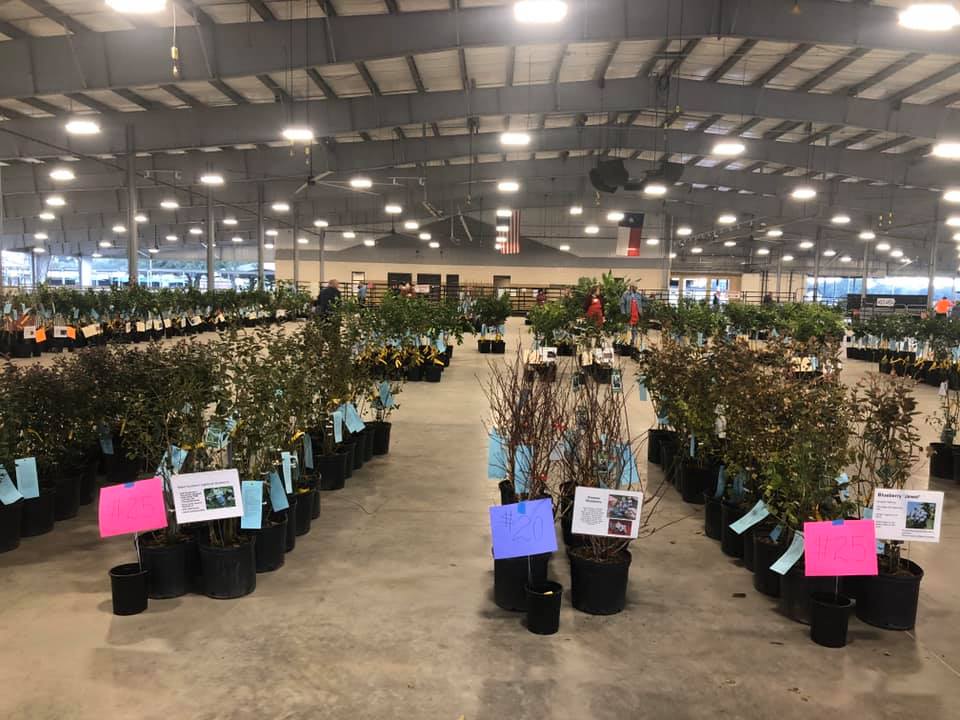
Best Practices to Refresh Your Flower Beds: Local Gardening Experts Weigh In
In front of thousands of onlookers at Gobbler's Knob in Punxsutawney, Pennsylvania, Punxsutawney Phil didn't see his shadow on Groundhog Day last Friday, an annual tradition celebrated in the U.S. and Canada. According to the legend, that means we can expect an early spring. In that spirit and with the official first day of spring just over a month away, residents across the Katy and Fulshear areas are beginning to think about spring plantings at home and how to refresh their flower beds.
To help your planting be a success, the Fort Bend County Master Gardeners (FBMG) has weighed in on best practices. Check out these practical tips from trusted, local experts who have a particularly keen knowledge of the Fort Bend County climate, plants that thrive in that specific environment, and a wealth of knowledge about horticulture thanks to extensive training provided by the Texas A&M AgriLife Extension service.
Begin With a Soil Test
Remove the Guess Work
You should begin any new planting project with a soil test. Testing results will show you what nutrients your native soil may need to support a vibrant garden. If you are putting in a large flower bed, consider multiple soil tests from different parts of the bed.
The Texas A&M AgriLife Extension Service offers soil testing services to help measure the soil nutrient, pH, salinity and soil textural of your soil with a primary focus on maintaining or improving plant growth. These testing options are listed on the soil submittal forms at soiltesting.tamu.edu/soil-testing.
Observed the Area to Be Planted
What is it like?
Is the sunlight direct or indirect? How many hours of sunlight a day does it receive? What about water: is it a high spot in your yard or a low spot?
- Time spent on observations will help ensure you purchase the correct plant.
- Consider if there will be shrubs, trees, or flowers only in your new bed, and make sure that there is space for all.
- Make sure that you have water available with either a sprinkler or hose system.
-
Will there be Hardscape like a birdbath? If so, leave room for it in your planting.
|
Fort Bend County Master Gardeners to Host
24th Annual Fruit Tree Sale
 On Saturday, February 10, Fort Bend County Master Gardeners will hold their 24th annual Fruit Tree Sale from 9 a.m.-noon (or until sold out) in Barn H at the Fort Bend County Fairgrounds, located at 4310 Texas 36 in Rosenberg. Get all the details here and make plans to attend! |
Selecting Your Plants
Choosing the Proper Plantings for Your New Bed
The concept is to choose plants that provide visual and textual interest and fit your environment and exposure, but beyond that, Reed, the growers recommended planting instructions and placement.
Planting and planning best practices:
- Plan your bed, planting with the tallest plants in the back (if along a fence or other hardscape) or in the center of the bed.
- Shorter plantings to the front or edge of the bed.
- Have a plan for color and texture – choose plants that complement each other or make a visual statement.
- Read the grower's tag for recommended, planting depth and separation, water requirements, and sun exposure.
- Provide the recommended amount of mulch to protect your new plantings.
Considering Native Plants
Native plants have many pros!
From an ecological, economical and convenience perspective, you cannot beat a Texas native plant.
- Native plants reduce the strain on resources as a typically require less water minimal use of chemicals and can be self-renewing.
- Texas native plans are acclimated to our sometimes fickle environment.
- Many local nurseries stock, Texas native plants.
- Many colors, textures, sizes, and shapes are available.
- Many opportunities to view native plants: FBMG, demonstration gardens, botanical gardens in your area.
Do you have any questions about your home landscape and plants? Contact the Fort Bend Master Gardener help desk by email at fbmg@ag.tamu.edu or by phone at 281-341-7068. The helpdesk is Monday through Friday from 9:00 AM to 12:00 PM.
Source: FBMG







